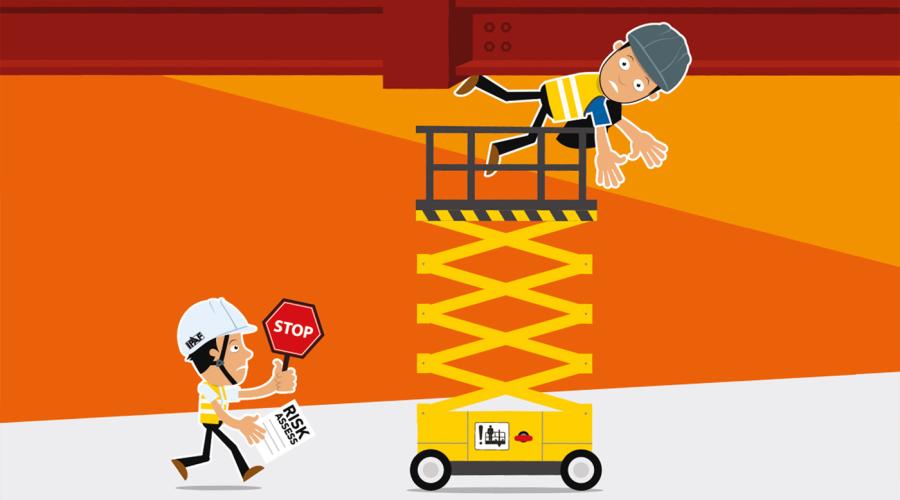Guidance on the Assessment of Ground Conditions
Resource also available in:
All Mobile Elevating Work Platforms (MEWPs), also known as Aerial Work Platforms (AWPs), rely on the condition of the ground on which they stand for their stability. This applies equally to those which require the use of jacks or outriggers and those which operate free on wheels. Poor ground may well settle when subjected to the loads of MEWP wheels or outriggers and this in turn will result in the machine being out of level and becoming unstable. Consequently it is essential that an assessment of ground conditions is made before travelling, using or setting up a MEWP on any surface.
Ground conditions are often only considered for MEWPs that require setting up on outriggers before use. Assessment of ground condition is however, equally important for self propelled MEWPs, such as booms and scissor lifts, which may be driven along the ground with the platform raised. Moving from hard ground to soft may well cause the machine to go out of level and overturn.
Ground conditions should also be considered when moving stowed MEWPs, as soft ground conditions may result in the machine becoming bogged down with consequent recovery costs, delays and loss of production.
During use it is important that operators use the level indicators provided on platforms and take notice of any warnings provided. If the level indicator indicates that the operating limits are exceeded the operator should lower and then reset the machine in a level position. If it is suspected that the outriggers could sink for any reason, regular checks should be made on machine level and adjustments made to outriggers, spreaders, mats etc.

